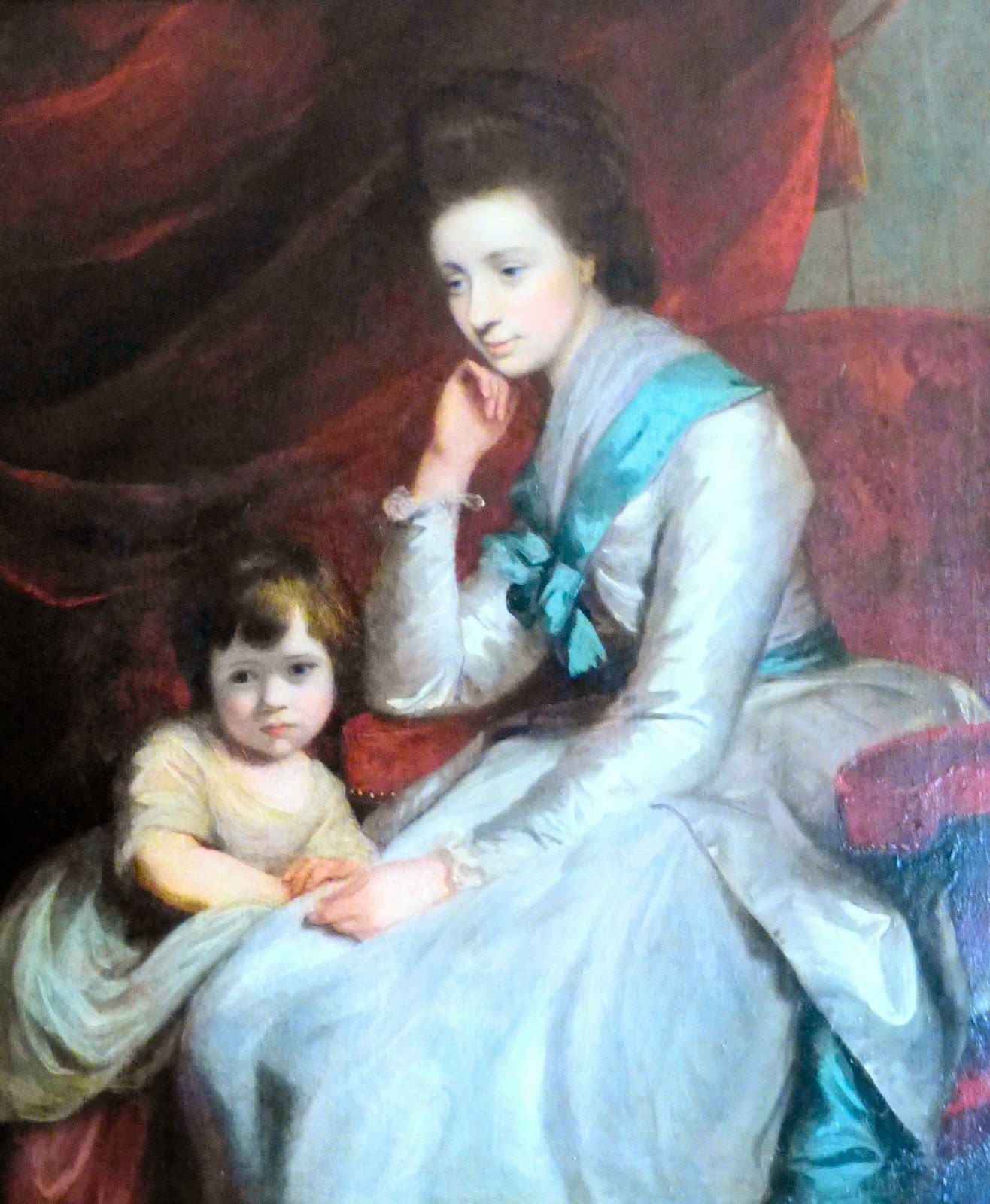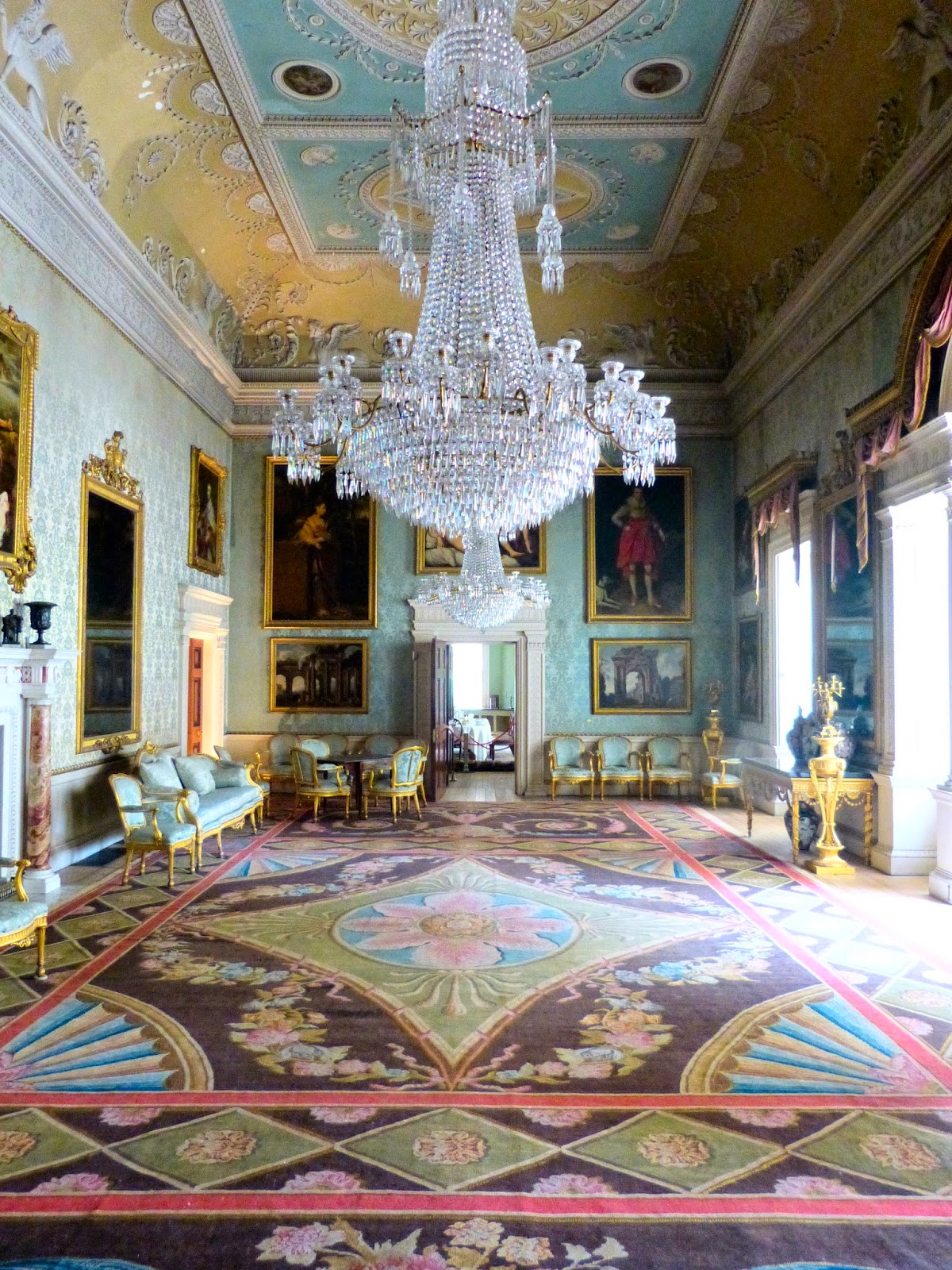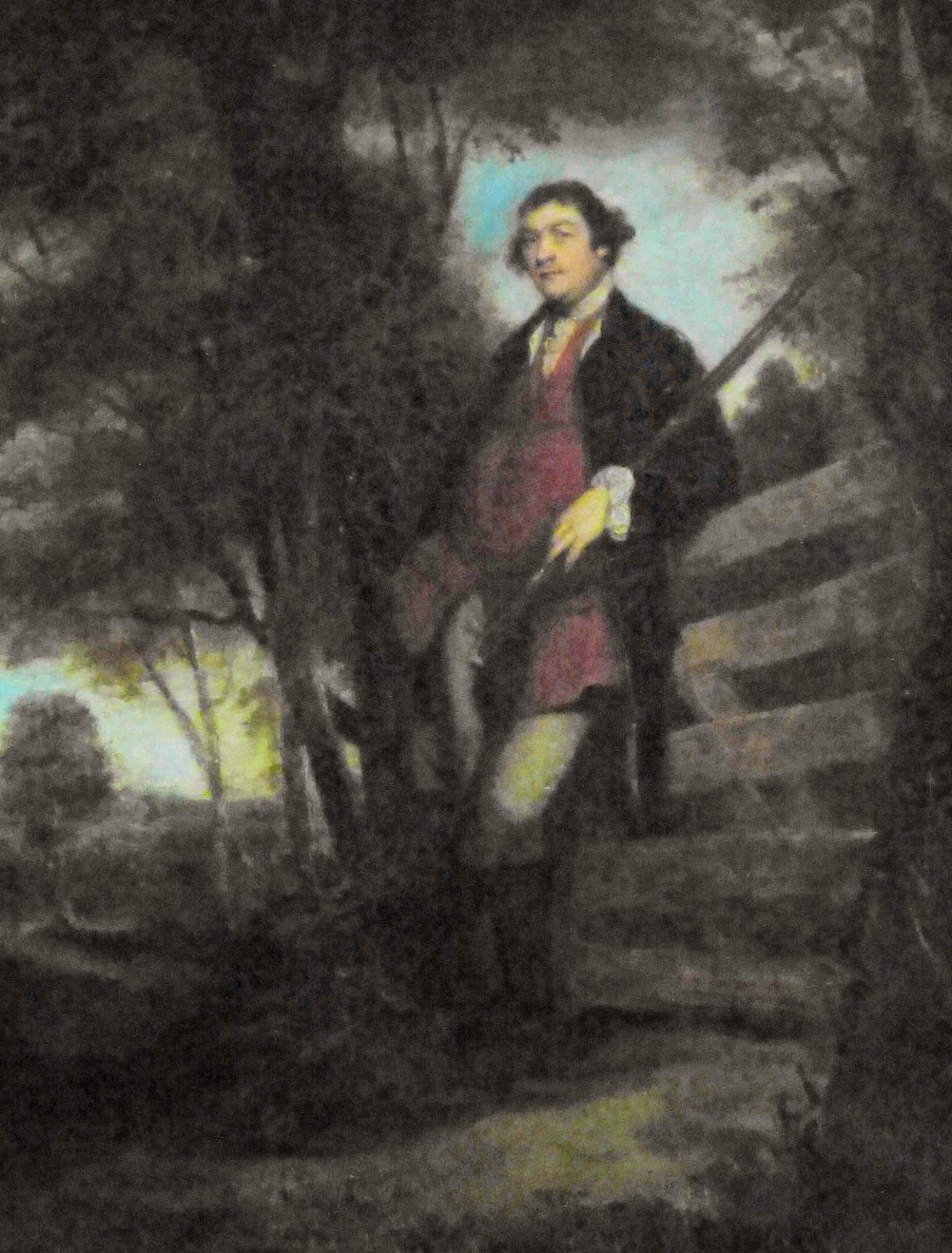John Parker, 1st Baron Boringdon (1734/5 – 27 April 1788), was the owner of Saltram near Plymouth in Devon. He was an MP and a great patron and friend of Sir Joshua Reynolds.
John Parker, 1st Baron Boringdon, was born in Devon in 1734/5, the elder son of John Parker of Saltram and his wife Catherine, daughter of the 1st Earl Poulett. Before his parents moved to Saltram, John attended Plympton Grammar School where Sir Joshua Reynold’s father was headmaster.
John attended university at Christ Church Oxford with William Petty, later 2nd Earl of Shelburne, and it was through the influence of Lord Shelburne and Lord Bute that John was returned as MP for Bodmin (1761-2) and then Devon (1762-1784). He was made 1st Baron Boringdon in 1784.
A short marriage
On 10 January 1764, John married Frances Hort, a cousin of Lord Shelburne, but sadly Frances became ill and died during a trip to Naples the same year.
A short marriage
On 10 January 1764, John married Frances Hort, a cousin of Lord Shelburne, but sadly Frances became ill and died during a trip to Naples the same year.
%202023%20v2.jpg) |
| Frances Hort by Thomas Hudson (1757-64)1 |
In 1768, John inherited Saltram on the death of his father. Over £32,000 in cash was discovered hidden around the house! With this money, he was able to commission Robert Adam to build two new rooms for Saltram – the Saloon and the Library, which has since been changed into the Dining Room. He also built the Castle and the Orangery and a new estate entrance flanked by stags.
On 18 May 1769, John married Theresa Robinson, a daughter of the 1st Lord Grantham.
 |
| Theresa Parker and Little Jack by Sir Joshua Reynolds (c1775) |
They were very happy together, dividing their time between London and Saltram. They had two children, John and Theresa, but John’s wife became ill shortly after the birth of their daughter and died in 1775. John was devastated. His wife’s elder sister, Anne – “Aunt Nanny” – came to live at Saltram to look after the children.
John was well-suited to the life of the country gentleman, riding, shooting and hunting over the countryside. He enjoyed playing cards and had a passion for gambling, whether at his London clubs, casually placing bets with his friends or at the races.
One of John’s biggest extravagances was his stables. He was very fond of horseracing and bred a number of successful racehorses. In 1783, his horse, Saltram, won the Derby at Epsom. It cost 50 guineas to enter the race with prize money of 900 guineas. The jockey wore the Parker colours of green shirt and breeches with a black cap. The horse was painted by John Nost Sartorius in the year of its famous victory.
 |
| "Saltram" by John Nost Sartorius (1783) |
Another successful horse, Anvil, was sold to the Prince of Wales in 1784 for 800 guineas. Sartorius painted this horse and its jockey, Charles Handley, with Newmarket racecourse in the background.
John was great friends with the painter Sir Joshua Reynolds who came from nearby Plympton. Sir Joshua had painted a number of portraits for John’s parents and John continued to be his patron and friend. When in London, John often stayed with Sir Joshua and was introduced to his circle of friends, including Samuel Johnson, David Garrick and James Boswell.
%202023.jpg) |
| Sir Joshua Reynolds by Angelica Kauffman (1767) |
Illness and death
Towards the end of his life, John suffered increasingly from gout and “the bleeding of his chest.”2. He died on 27 April 1788 and was buried in St Mary’s Church, Plympton. His work on the house and gardens, inefficient estate management, his horses and his gambling left behind a huge debt of between £56,000 and £58,000.
Rachel Knowles writes faith-based Regency romance and historical non-fiction. She has been sharing her research on this blog since 2011. Rachel lives in the beautiful Georgian seaside town of Weymouth, Dorset, on the south coast of England, with her husband, Andrew.
Find out more about Rachel's books and sign up for her newsletter here.If you have enjoyed this blog and want to encourage us and help us to keep making our research freely available, please buy us a virtual cup of coffee by clicking the button below.
Notes
1. Writing on the portrait incorrectly identifies this painting as Lady Catherine Parker.
2. From The Parkers at Saltram by Ronald Fletcher (1970)
Sources used include:
Courthope, William, editor, Debrett's Complete Peerage of the United Kingdom of Great Britain and Ireland (1838)
Evans, Sian, Saltram (National Trust 2012)
Fletcher, Ronald, The Parkers at Saltram 1769-1789 (BBC 1970)
All photographs © Andrew Knowles - RegencyHistory.net
Sources used include:
Courthope, William, editor, Debrett's Complete Peerage of the United Kingdom of Great Britain and Ireland (1838)
Evans, Sian, Saltram (National Trust 2012)
Fletcher, Ronald, The Parkers at Saltram 1769-1789 (BBC 1970)
All photographs © Andrew Knowles - RegencyHistory.net









An excellent Post...but don't forget that the King,Queen and Fanny Burney visited Saltram. As a Devonian I know it well.
ReplyDeleteThanks :) I haven't forgotten George III's visit but as it was in 1789 it will feature in the blog for his son John, 1st Earl of Morley.
Delete